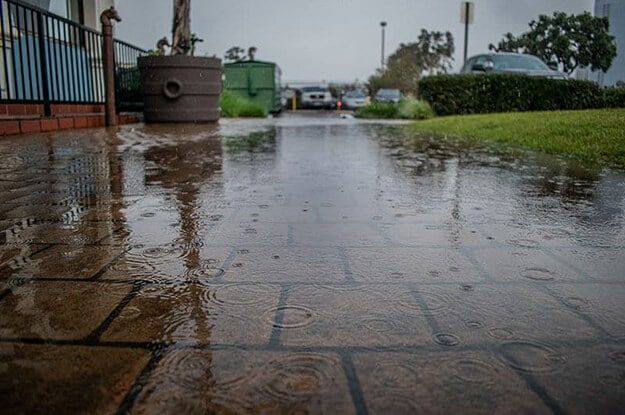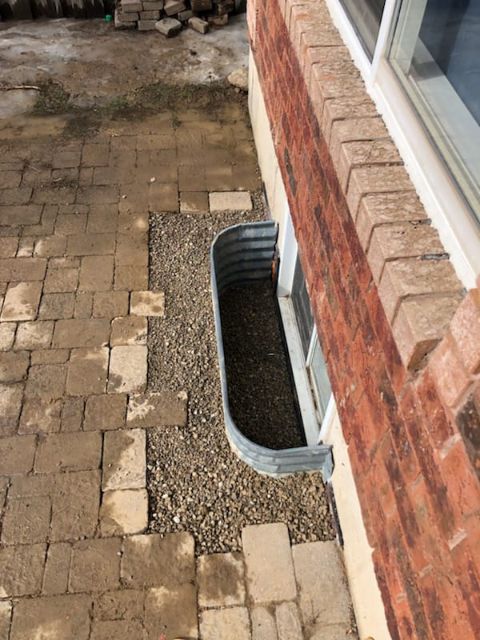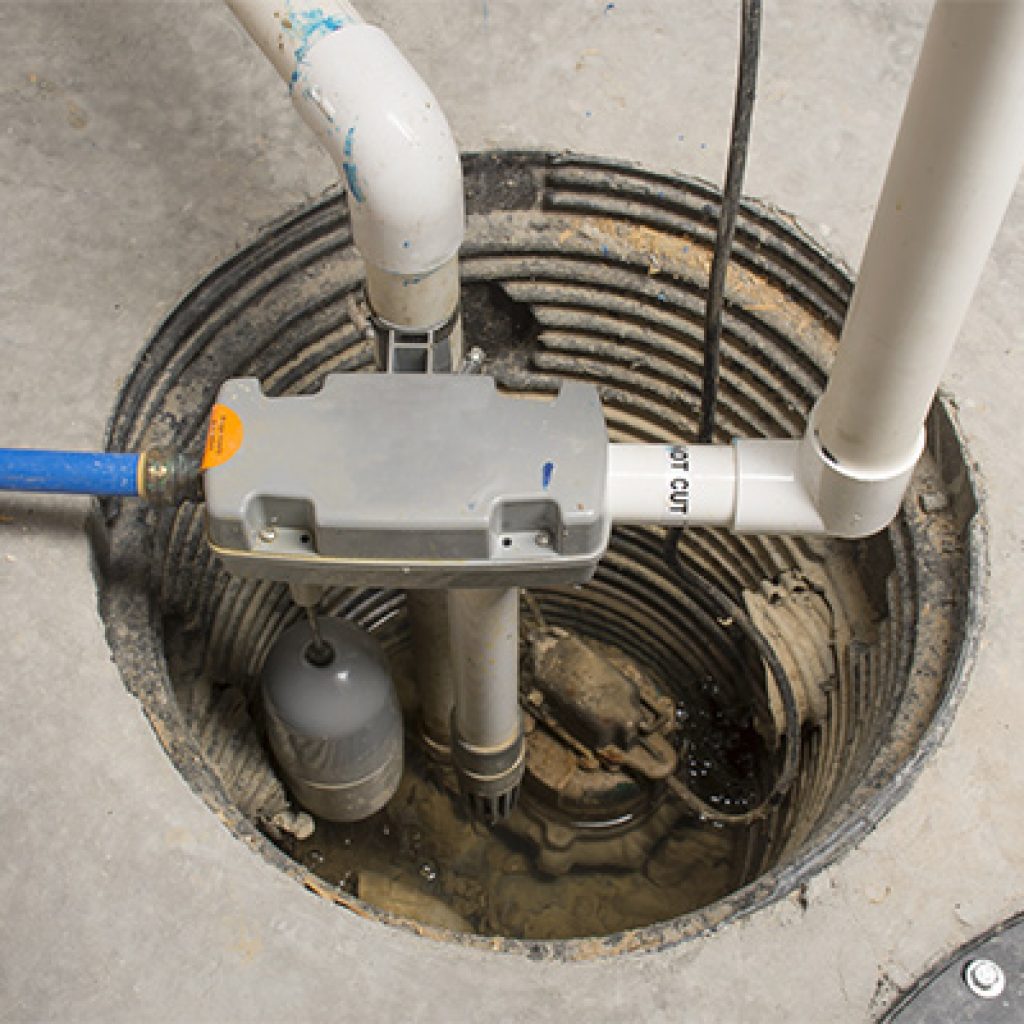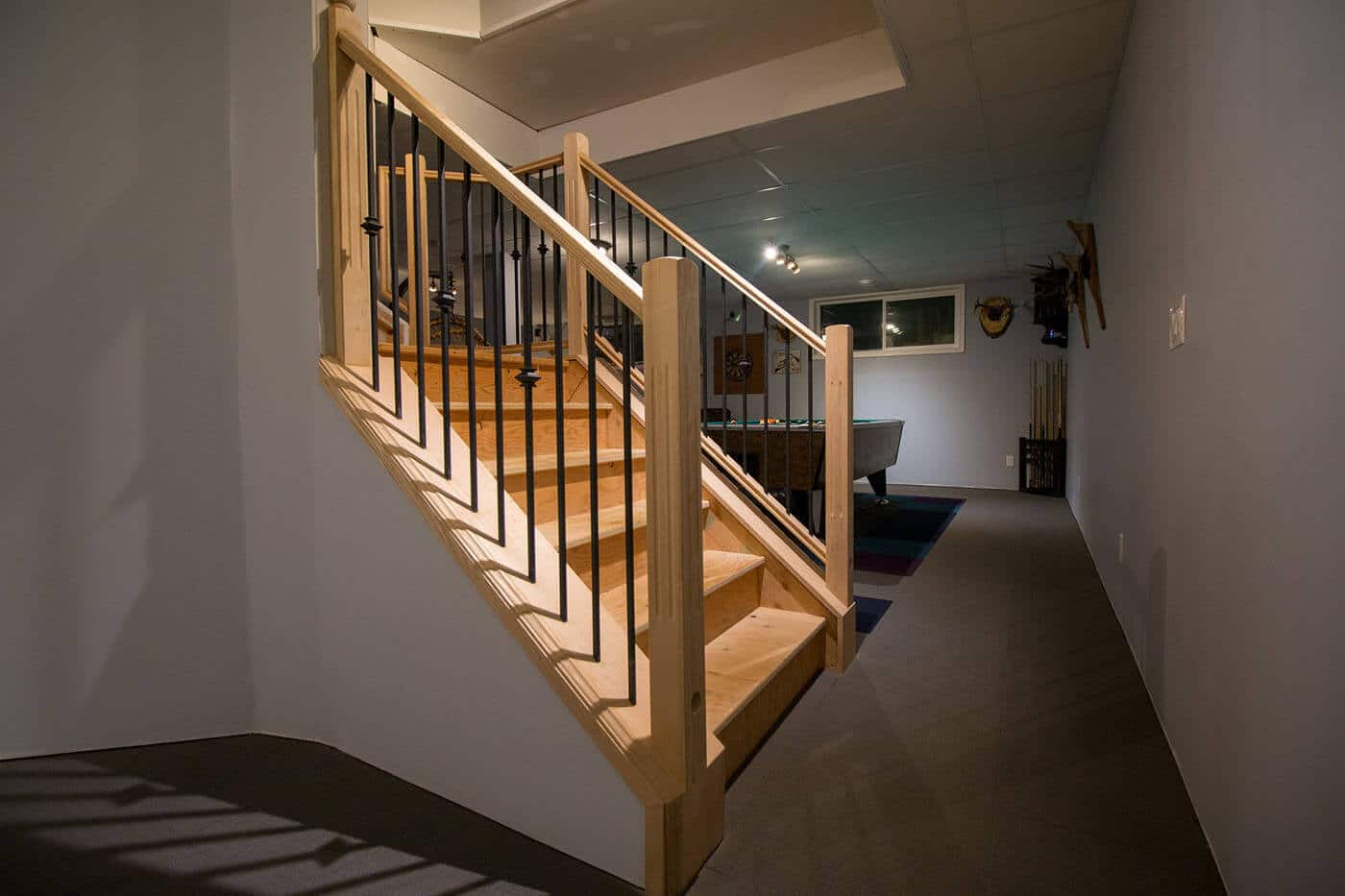A wet basement isn’t something that will go away on its own. While any moisture in basement areas can come and go depending on a few factors, the underlying problems may persist and cause irreparable damage to the house. You need to get ahead of the issue before it gets out of control and requires a considerable reconstruction effort to fix.
Detecting the Moisture in Basement Problem
You have a problem with moisture in basement areas if you notice any of the following:
- Condensation on the ceiling, walls, floors, or windows
- Damp and humid air in the basement
- Stains or water marks on the walls or floor
- Deteriorating carpets or wood applications throughout the basement
- Mould or mildew near the ceiling
- Rotting columns or headers in older designs
- Standing water on the floor
- Water trickling from the ceiling or down walls
These are the most common ways excess moisture presents itself in the basement, although they may not be the only ones. Barring any obvious puddles (which indicate the problem has probably gone too far already), these problems can often appear and disappear depending on the weather and indoor and outdoor temperature. Now that you know you have a problem, here are the most common causes and how to fix them effectively.
Common Causes for Moisture in Basement Areas
Moisture can appear in three main ways: interior leaks, exterior leaks, or condensation.
Older homes usually have the most problem with exterior leaks. Even a few inches of rain are a torrent of water that the basement waterproofing system needs to hold back and endure. Old gutters and defective waterspouts often don’t divert enough water, and old basement seals can leak some water into the basement during storms. Areas with high underground water levels are also in danger whenever there’s a lot of rain to raise that level. A sump pump is usually all that stands in the way of a basement flood.
Interior leaks can often present in the basement since that’s where the main water supply and drainage are usually located. Broken pipes, leaking sinks, and malfunctioning appliances can all cause water to collect above the basement and slowly seep through.
Condensation is another common problem for both modern and old buildings. It can come from the house itself, such as dryer vents, showers, or even drying cement from new construction. Alternatively, ventilating warm, humid air into the basement area can condense the humidity on the walls and floor.
These common causes can present in a few different ways and require unique steps to fix them completely.
Ineffective Grading
In older homes, the ground around the basement can become level or slope towards the house. Whenever it rains, the water is directed towards the house and the cellar through the soil and can move into the basement via capillary action or diffusion. The only way to improve grading is to dig around the house foundations and place earth around the building so it slopes outwards and away from the foundation wall.

Bad Gutters and Rain Diversion
Gutters and downspouts collect all the rain on the roof and direct it away from the house. In normal conditions, the downspouts angle the water stream to flow away from the basement. However, missing downspouts and extensions will deposit the huge volume of rainwater from a single gutter directly into a small surface area, quickly saturating the soil below. Capillary suction can move the moisture to the basement via walls and floor.
Concrete sidewalks and properly-angled downspouts are the best way to prevent excess rainwater from collecting as moisture in basement areas.
Window Wells
The window wells can also be an avenue of an external leak. If the base of the well slopes into the wall, there’s a higher chance of basement flooding or moisture collection. Old window wells can also leak and collect water that penetrates the window.
MT Drains can install and insulate window wells to ensure the cellar gets windows without a risk of moisture in basement rooms.


Sump Pump Problems
Many houses rely on a single sump pump to remove all excess moisture from the basement and prevent flooding. In some cases, it can overload the pump and cause it to give out after a few years. Depending on the location, sump pits can also clog easily with debris and other gunk.
A failing sump pump needs to be inspected for faults or leaks. The sump pit can be redesigned and a new sump pump installed which better suits the building’s requirements. Contact MT Drains for high-quality sump pump installation and service.
Foundation Cracks
Many houses rely on a single sump pump to remove all excess moisture from the basement and prevent flooding. In some cases, it can overload the pump and cause it to give out after a few years. Depending on the location, sump pits can also clog easily with debris and other gunk.

The final external leak cause is usually a crack in the foundation. Given time, water will inevitably find its way through a solid wall and carve a path from the soil into the basement. A small leak will present as moisture in the basement or a dark spot on the wall. Modern waterproofing methods provide additional barriers to prevent entry and maintain hydrostatic equilibrium to keep capillary action at bay.
MT Drains has one of the finest waterproofing services in the greater Toronto area. Our technicians can quickly inspect the problem and provide free quotes on waterproofing and construction services to fix the problem.
Condensation
Water condensation can be a major source of moisture during humid months. However, it can also become a problem if the area is not ventilated enough when used as a laundry, kitchen, or bathroom. Internal condensation can damage the walls or wood finishes and can enable mould growth.
The best way to deal with condensation is to check the ventilation system for clogs or faults. If you’ve recently renovated the house and placed a dryer in the basement, consider expanding the ventilation to aerate it better. A basement exhaust fan can redirect steam and water vapour from a smaller basement out.
Internal Leaks
If you notice mould or water spots on the basement ceiling, the most likely culprit is an internal water leak from the supply or water drainage. Contact a professional plumber for assistance. Depending on the leak, you might need to repair or replace pipes.
Contact MT Drain for Waterproofing
External leaks are one of the more common reasons homeowners find moisture in basement areas. When that happens, the first thing to do is call MT Drains for a thorough inspection. We provide free quotes on waterproofing services.



